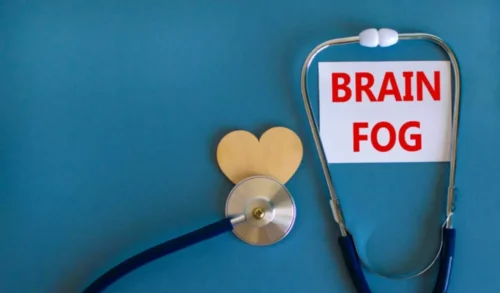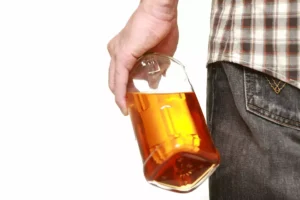Why Drinking Alcohol Can Cause Bruising

Alcoholics may also have darker bruises due to the increased amount of blood in their body. If you notice that you or someone you know is bruise easily, it may be a sign of alcoholism. But if you notice that you’re bruising more easily than usual, or the bruises are larger and are accompanied by other symptoms, it’s best to follow up with a healthcare professional. The liver’s many functions include producing clotting factors. Newborns often have very low levels of vitamin K, which are insufficient to stop bleeding. Without a vitamin K injection at birth, babies may bruise easily or bleed excessively.
Some Causes of Excessive Bleeding
- Heavy alcohol consumption has been linked to more than 60 different diseases.
- Meanwhile, binge drinking focuses more on how quickly and how much you drink in one sitting.
- Severe abdominal pain and persistent diarrhea, as a result, is not fixable.
- Fifty percent of patients with ascites typically die within two years if they don’t have a liver transplant.
The formation of blood clots relies on good nutrition, a healthy liver, and healthy bone marrow. If any of these factors are slightly off, bruising can occur more easily. Platelet disorders first cause small dots that https://ecosoberhouse.com/ appear red or purple on light skin and brown on dark skin (called petechiae). Later, if the disorder becomes severe, bleeding may occur. A decrease in blood clotting factors usually causes bleeding and bruising.
Liver disease
Those with a very low platelet count often need platelet transfusions. Doctors may give fresh frozen plasma, which contains all clotting factors, to a person with a clotting disorder until the specific deficiency has been identified. Once the deficient factor is identified, the person can be given a transfusion of that clotting factor. Liver damage typically results from a serious case of alcoholism.
what causes painless little blood blisters on the skin?
- They may appear red in the face or look bloated and generally unwell.
- But some people who drink face a risk of developing this chronic and progressive disease, which affects roughly 1 in every 8 Americans and contributes to about 88,000 deaths annually.
- When the cause of bruising is unclear, your doctor will likely order blood work to check for platelet problems or other blood clotting abnormalities.
- For the average healthy guy (say, drinking one or two drinks per night, or fewer than 14 drinks per week) the alcohol-related effects on bruising are temporary, and no real cause for concern.
Because alcohol is a potent diuretic, it can quickly dehydrate you, leading to the characteristic symptoms of a hangover, including a throbbing headache. Research reviews have also listed alcohol as a culprit for triggering migraine attacks. According to the CDC, moderate drinking is defined as having two standard drinks or less per day for men and one drink or less per day for women. For some of us, half a dozen drinks during a night out aren’t yet enough to faze us. And yes, you may feel great and energized upon waking up—but that doesn’t mean you didn’t have too much to drink the night before.

Think you have a drinking problem?

Someone with decompensated cirrhosis may develop ascites (or fluid in the abdomen), gastrointestinal bleeding, and hepatic encephalopathy, in which the brain is affected. Cirrhosis is considered end stage liver disease as it cannot be reversed and can lead to liver failure. Cirrhosis is further categorized as compensated and decompensated. In liver failure, the liver is severely damaged and can no longer function.

Yellowing of your skin and eyes
Liver damage influences coagulation and can result in a deficiency of clotting proteins, so patients will bruise or bleed more easily. While we are all prone to occasional bruises, some conditions do alcoholics bruise easily may increase your risk of bruising and slow the healing process. Alcohol is a major contributing factor to liver disease, but the condition can also result from cancer and other health issues.
- Losing valuable fluid and nutrients from your body can lead to wrinkled, dry, puffy or just generally unhealthy-looking skin.
- Bruises usually heal without treatment, but raising the bruised part and applying ice covered in a cloth may help reduce swelling.
- There are inpatient and outpatient options, but an addiction specialist should determine the best level of care for you based on your individual needs.
- Genetic conditions that cause you to bruise easily are often diagnosed with blood tests.
- If you need help because of domestic violence or sexual assault, talk with a healthcare professional, or access resources and assistance through our domestic violence resource guide.
- Iron deficiency anemia is a frequent cause of easy bruising.
When to See a Doctor About Your Bruises
Jaundice can be a physical sign of liver problems, where the skin takes on a yellowish-brown tone due to high levels of bilirubin in the body. While many things could lead to you developing jaundice, a common cause is high levels of alcohol consumption. For the average healthy guy (say, drinking one or two drinks per night, or fewer than 14 drinks per week) the alcohol-related effects on bruising are temporary, and no real cause for concern. Having hepatitis C or other liver diseases with heavy alcohol use can rapidly increase the development of cirrhosis.

